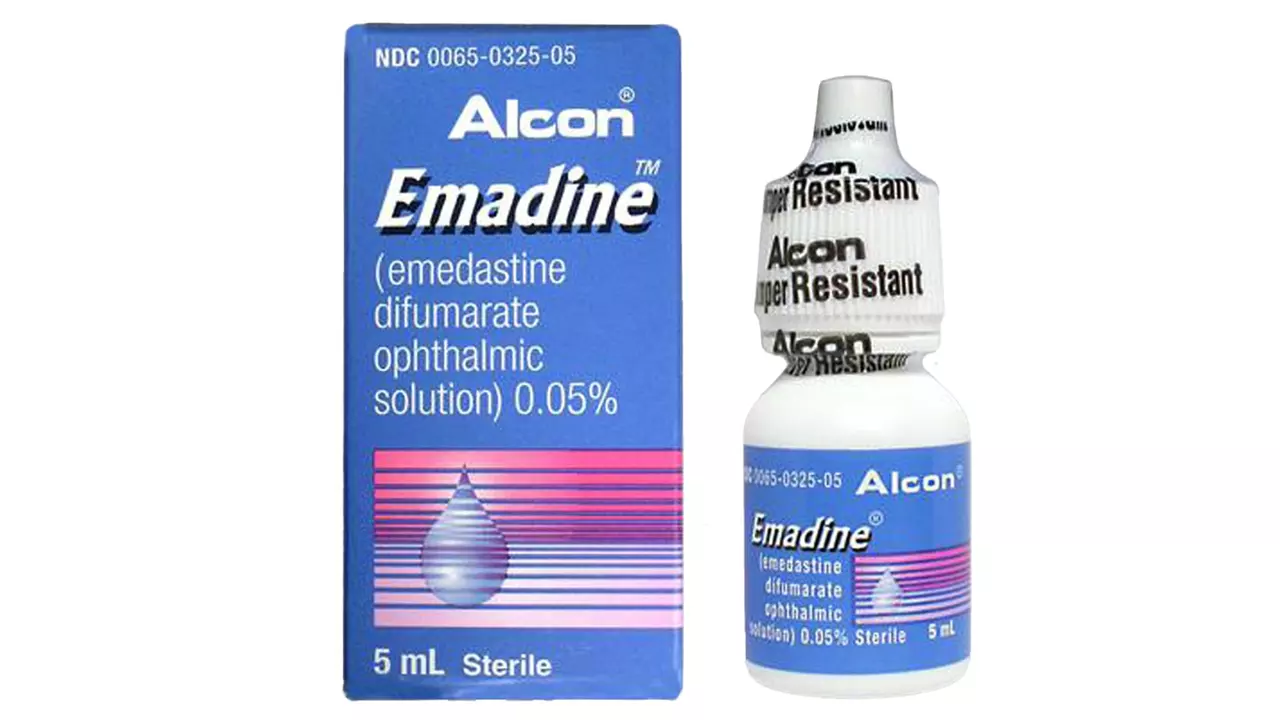Olopatadine HCl: What It Is and How It Works
Olopatadine HCl is an antihistamine you’ll often see in eye‑drop or nasal‑spray form. It blocks the chemical histamine that makes your eyes itchy, red, or watery when allergens hit. Think of it as a fast‑acting shield that stops the allergy reaction before it gets out of hand.
People use it for seasonal allergies, pet dander, pollen, or indoor molds. The eye‑drop version targets allergic conjunctivitis, while the spray tackles nasal congestion and sneezing. Both forms start working within minutes, giving you relief without needing a prescription in many places.
How to Use Olopatadine Correctly
First, wash your hands. For eye drops, tilt your head back, pull down the lower eyelid, and squeeze one drop into each affected eye. Close your eyes for about 30 seconds – no blinking or rubbing. Do this twice a day unless your doctor says otherwise.
If you have the nasal spray, blow your nose gently first. Tilt your head slightly forward, insert the tip into one nostril, and press the pump once. Breathe in gently through that nostril, then repeat on the other side if needed. Most doctors recommend using it once daily, but some people find twice a day works better.
Always store the bottle at room temperature away from direct sunlight. If you notice cloudiness or particles in the solution, toss it – don’t risk eye irritation.
Possible Side Effects & When to Call a Doctor
Olopatadine is usually gentle, but a few people feel mild burning or stinging right after applying drops. That feeling should fade within a minute. Nasal spray users sometimes get a dry or scratchy throat.
Serious reactions are rare but can happen. Watch for swelling of the face, lips, tongue, or difficulty breathing – those are signs of an allergic reaction to the medication itself and need immediate medical help.
If you experience persistent eye redness, blurred vision, or a rash that won’t go away, contact your doctor. They may adjust the dose or suggest a different antihistamine.
Pregnant or nursing moms should check with their healthcare provider before starting Olopatadine. While studies show it’s generally safe, only a professional can weigh the benefits against any potential risks for you and your baby.
Finally, don’t mix Olopatadine with other eye medications unless your doctor approves. Mixing drops can dilute effectiveness or cause unwanted interactions.
In short, Olopatadine HCl is a reliable tool to keep allergy symptoms at bay when used correctly. Follow the dosing instructions, watch for side effects, and you’ll likely enjoy clearer eyes and easier breathing during pollen season.

How to Choose the Right Olopatadine HCL Product for You
Choosing the perfect Olopatadine HCL product can be as tricky as trying to pronounce its name on the first go, but don't worry! First off, you need to understand your specific needs - are you fighting allergies or just looking for some general relief from itching? Once you've pinpointed your needs, dive into the world of labels and dosage information. It's like deciphering Da Vinci's code, but with a little effort, you'll be a pro. Remember, the perfect Olopatadine HCL product for you is out there, just waiting to make your life so much more comfortable!